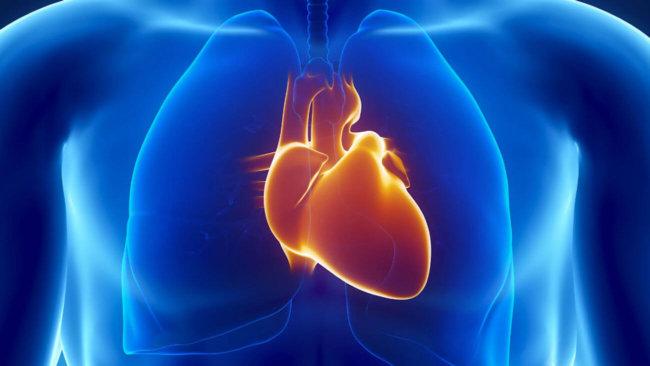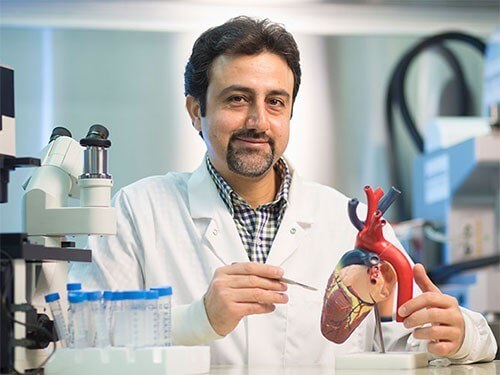
3D printing is widely used not only in industry but in other industries. For example, in medicine. There have been several attempts of printing entire organs. But if full use of printed organs is still far away, their parts can be produced in the near future. A researcher from the University of Saskatchewan (Canada) Mohammed Izadifar developed and already tested techniques of recovery of the heart by using 3D printing technologies.
Scientists have conducted a series of experiments on mice and was able to prove that three-dimensional printing allows you to create a kind of “patch” for the heart, restoring the body after injury. After implantation of a patch begins to grow and close the defect of the heart muscle. It is worth noting that in experiments on rodents Mohammed was faced with a very vexing problem: mouse heart has an extremely small size, and the affected area in this case is hardly visible. For successful observation, the researcher modified the method of x-ray imaging, developed at the research center Canadian Light Source (CLS). This method allows to observe the filaments of the cardiomyocytes, the distance between which is equal to 400 microns.

The author, Dr. Mohammed Izadifar
For the experiments the doctor had chosen a natural hydrogel based on algae, which is completely biocompatible with the human body material. And if implantation does not occur the reaction of graft rejection. In addition, this hydrogel is biodegradable, and after the substitution region patches new cells he “absorbed”. In recognition of the scientist,
“The problem of rehabilitation of patients after myocardial infarction is that the heart cannot repair itself after damage. My goal is to take stem cells of the patient, and then to receive from them the cells of the heart muscle”.
Human cells are placed in the environment of the hydrogel, and then transplanted to the patient. Over time, heart tissue begins to dissolve, gel, patch, and heart cells grow and replace the defect. Later, the new tissue begins to grow blood vessels. For “embedding” the heart cells and need to resort to the technology of 3D printing. This is the most difficult step in creating patches. As stressed by the author of the
“In my research I use the stem cells to cardiac tissue. Using various three-dimensional patterns during printing it is possible to change the strength, agility and structure of the cells of the patch from the hydrogel. And due to the method of x-ray imaging, it is possible to completely control the healing process”.
“Patches” for the heart will print on a 3D printer
Vladimir Kuznetsov